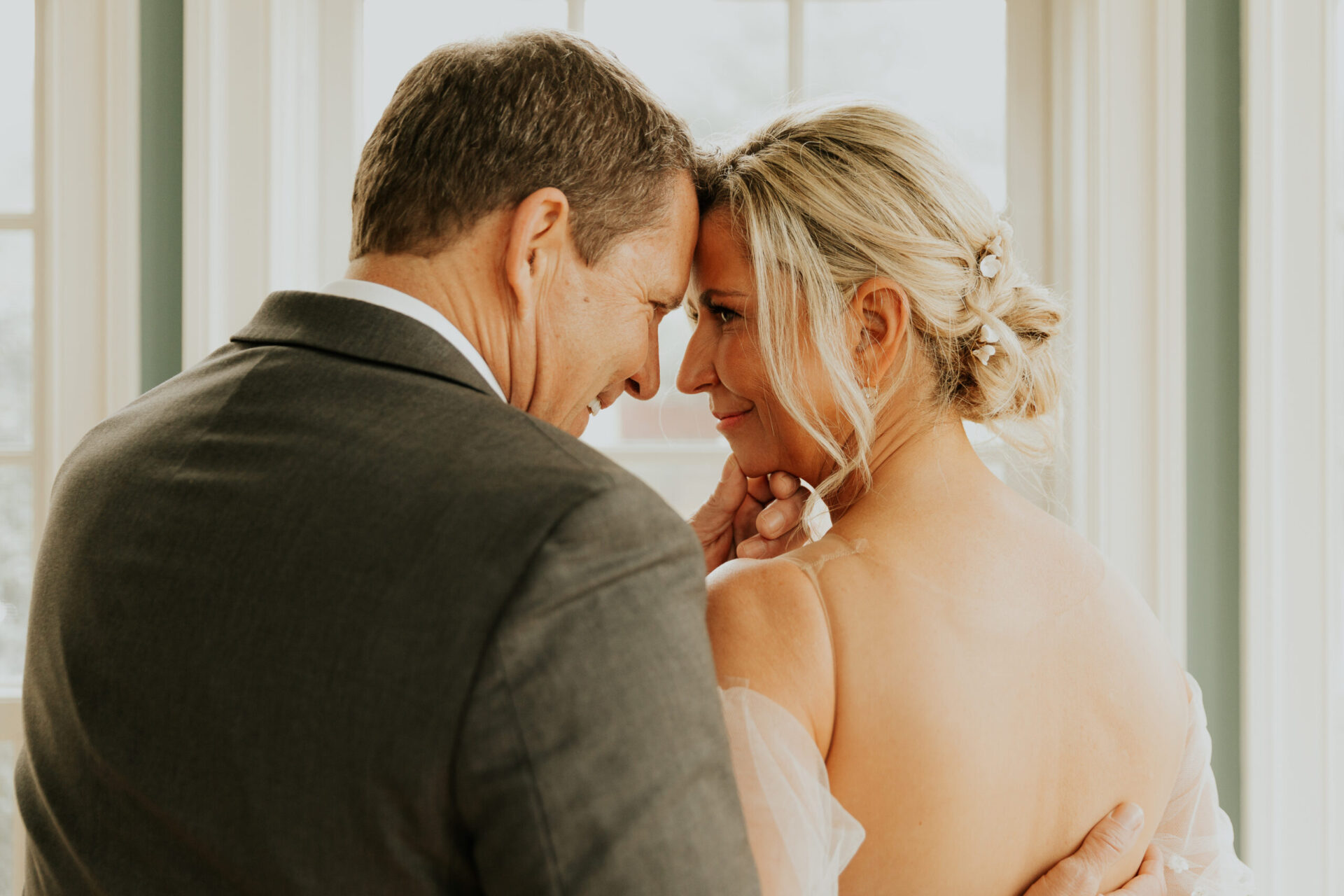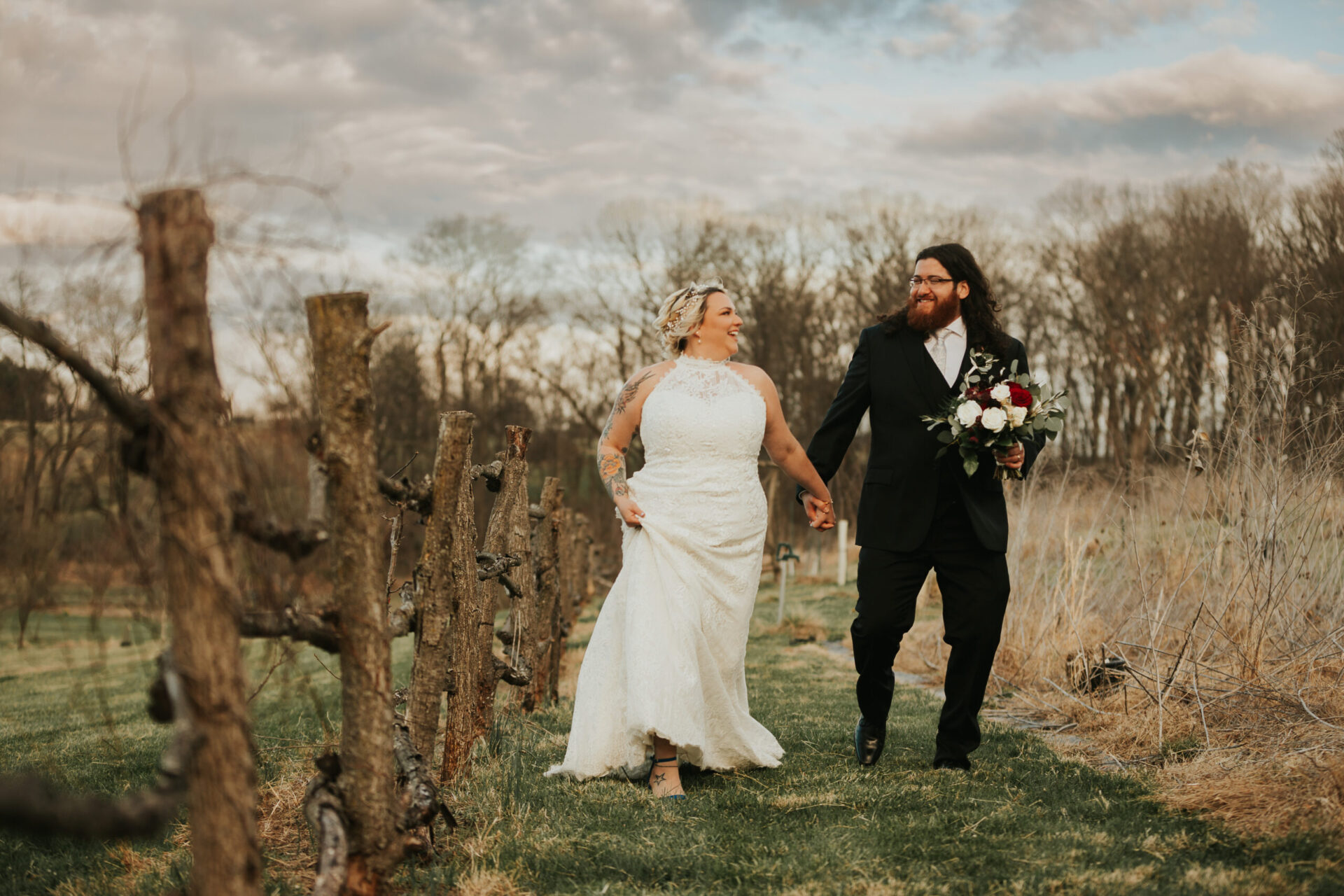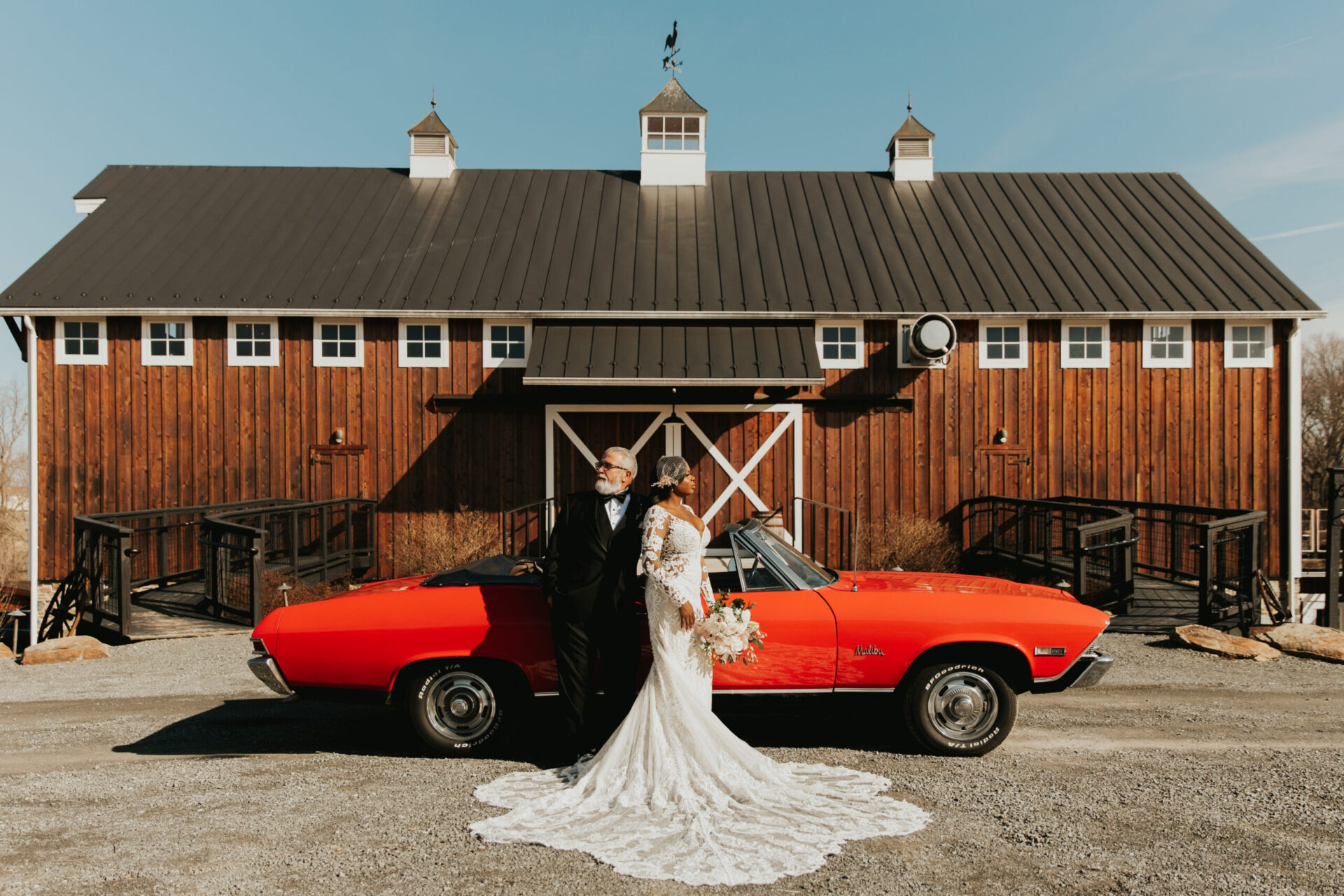By Terry Meadows
Table of Contents
4 minute read
4 Ways to save money for your wedding before the big day
1. Get a wedding planner?
Wedding planners are worth their weight when it comes to cost savings as they can tap into their resources and contacts to find effective ways to save money that you might not have considered. This is their area of expertise, so take advantage of it!
If you feel you’ve got this, then consider getting a day-of coordinator. They can help take the stress out of all the details on your wedding day, leaving you to have your best day ever.
2. Save on Your Wedding Attire
Average cost $2,300 (wedding dress only)
- With current trends moving towards more environmentally conscious options, how about renting your wedding dress and bridesmaids’ dresses? Poshare and Dare and Dazzle rent high-end designer dresses for a fraction of the purchase price. And, you don’t have to preserve the dress in acid-free paper and box lingering in the attic.
- Borrow from family and friends. Your bestie may have the perfect veil for your dress, and won’t mind lending it to you if it’s just sitting in storage.
- Have grandma’s wedding dress hanging in the attic? Get a great seamstress to do the alterations, and you will have a meaningful dress that adds a special touch to your day.
- Go sustainable and shop vintage and charity shops. You will be surprised by what you find, and the prices are amazing.
- Let your bridesmaid choose dresses off the rack from the department store. If you are not particular that they all wear the same dress, have them choose an outfit that fits your color scheme.
- Look for sales and trunk shows, or buy sample dresses from your bridal store.
- For minor fixes choose an independent seamstress for your alterations rather than the bridal store employee.
- Try to get your outfits ordered well in advance, around 9 months before your wedding day so you don’t end up paying rush fees which can add as much as $500 for alterations.
- Tuxedos and suits are also pricey to purchase and can be rented for greatly reduced prices.
3. Use Wedding E-vites
Average cost $400
Embrace the digital age! Send invitations through the Internet. It is an eco-friendly and efficient way to manage your guest list while saving money on paper stock, printing, and postage.
Websites such as Green Envelope have online wedding invitations where guests can RSVP online, and you can track responses. If you definitely want physical invitations, consider having guests RSVP online. You are also saving on return postage.
Ditch printing and posting Save the Date cards. These can be online too.
For printed materials:
- engraving is the most expensive
- thermography is cheaper and has an embossed effect
- off-set printing is best for large printing jobs
- digital or flat printing is the most economical
- limit the number of colors on your invitations and programs
Keep your invitation envelopes within a reasonable weight. All the extra papers pile on the ounces that will cost you more at the post office.
Print fewer menus. You don’t need one for every seat. Or even better, ditch them altogether. You can add an elegant noticeboard for guests to read as they enter the reception room.
The same goes for programs. Guests are willing to share unless it’s the middle aged ladies who are snatching them up to use as fans!
Instead of name cards, have guests locate their table on a cafe-style board next to the guest signing table. They can look up their table assignment while waiting to sign the book.


4. Consider the season and day of your wedding date
Does it have to be a summer wedding?
Peak season is from May to September. Consider having your nuptials during the off-season, as this profoundly impacts your budget. Venues are less likely to be booked up, and (bonus) you are not competing with other wedding parties.
The cheapest months are January, March, April, and November.
A weekday wedding is also a cost-cutter. Friday evenings are ideal as it is the end of the work week, and with it being later in the day, you are reducing the hours for the venue hire. Some folks are opting for Sunday afternoon as well.
What smart things to do that can you save money for your wedding?
There are other thoughtful ways to keep your costs down. Be willing to ditch some of the traditions that dictated our parents and grandparents' weddings if they are not important to you.
- Skip the favors. Most guests leave them behind, and it is an added expense that is no longer necessary.
- Use a photographer for formal pictures, and have guests share their pictures from the reception.
- Choose your photographer and videographer from the same company for a package deal. And go with one that has a la carte options.
- Tap into your local college students. There is some amazing talent in budding artists, and they don’t command the high prices of seasoned professionals.
- Check with a cosmetology school for a stylist to do your hair and makeup.
- Skip the fancy transport. Your guests will possibly not notice the limousine you arrive in for the ceremony. If you really want to ride in style, consider renting it for the trip from the ceremony to the reception only.
What can you do right now to save money before your wedding?
You weren’t sure where to begin saving money especially when there are so many aspects to planning your wedding. Dividing up the decisions into “Before the Wedding” and “The Wedding Day” helps you chunk your decision-making into sizable pieces. The most important way to save money is to decide what are the most important things for you.
Once you know your priorities, you can adjust your budget to emphasize those aspects while saving money on items that are less important. With these steps in place, you can start budgeting for the actual day of your wedding and how to save money on venues, caterers, flowers, cakes, etc.
To us, what’s most important is getting a wedding you love and getting it done right, no matter what type of wedding it may be. We believe the perfect wedding is one where you can gather with your loved ones and celebrate together. If we can help couples reduce the stress of planning a wedding, then we feel like we’ve done good. You can look at our other articles for more information on other aspects of planning your wedding.




